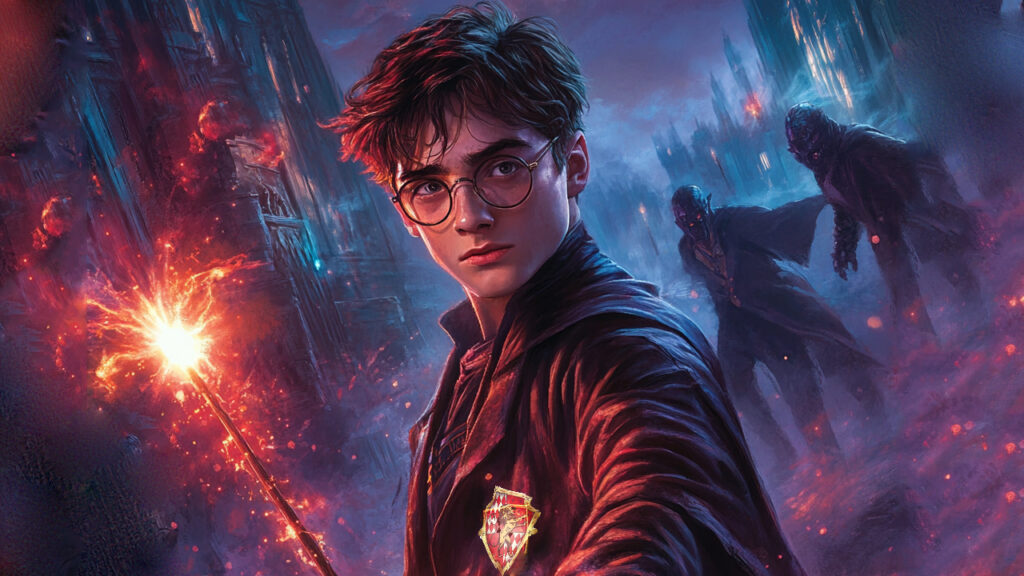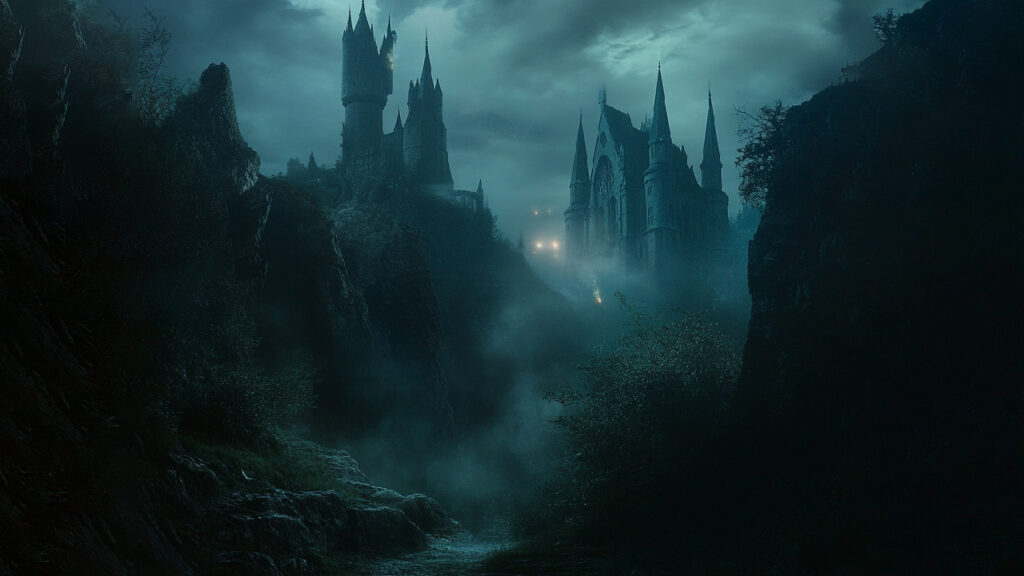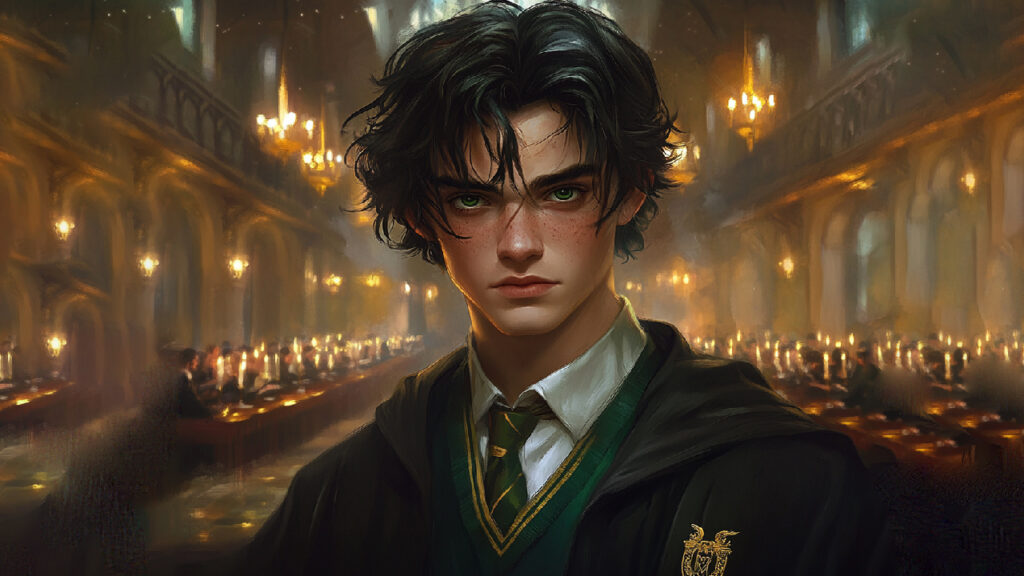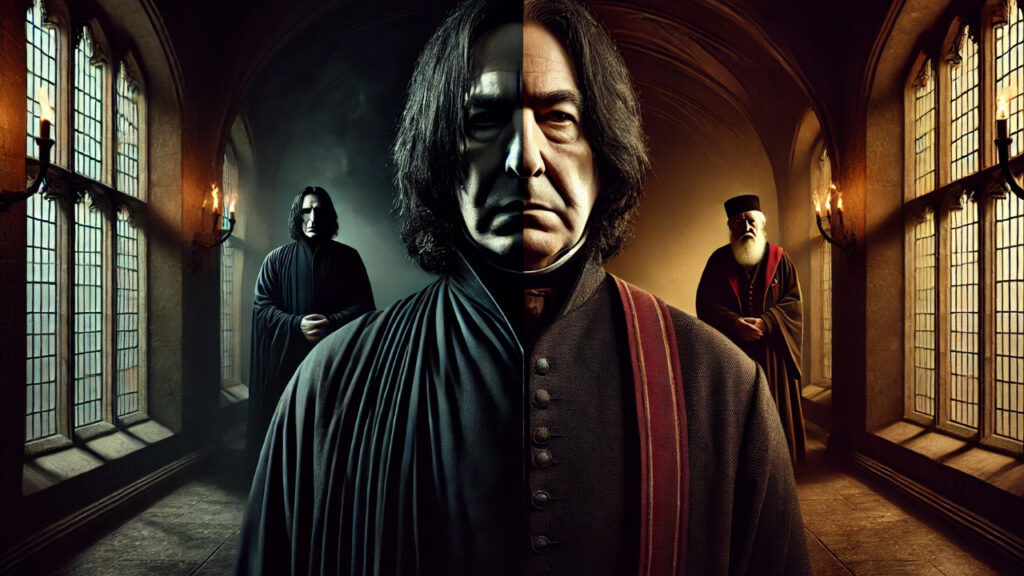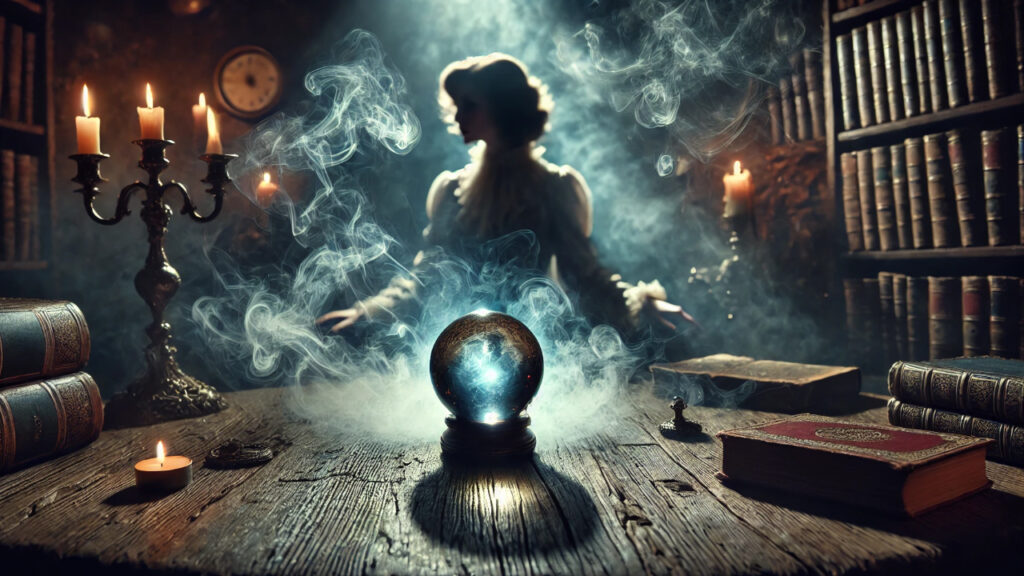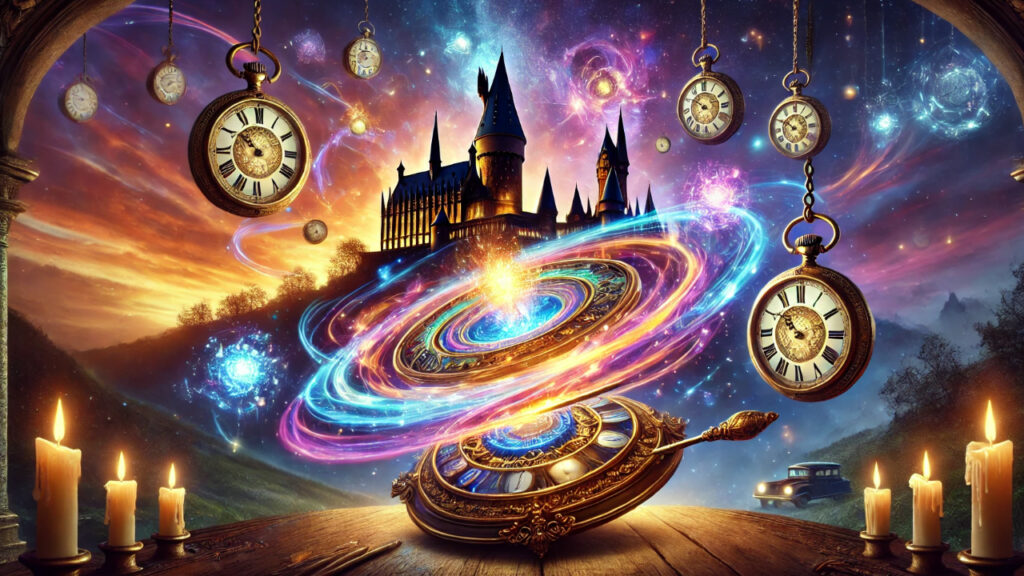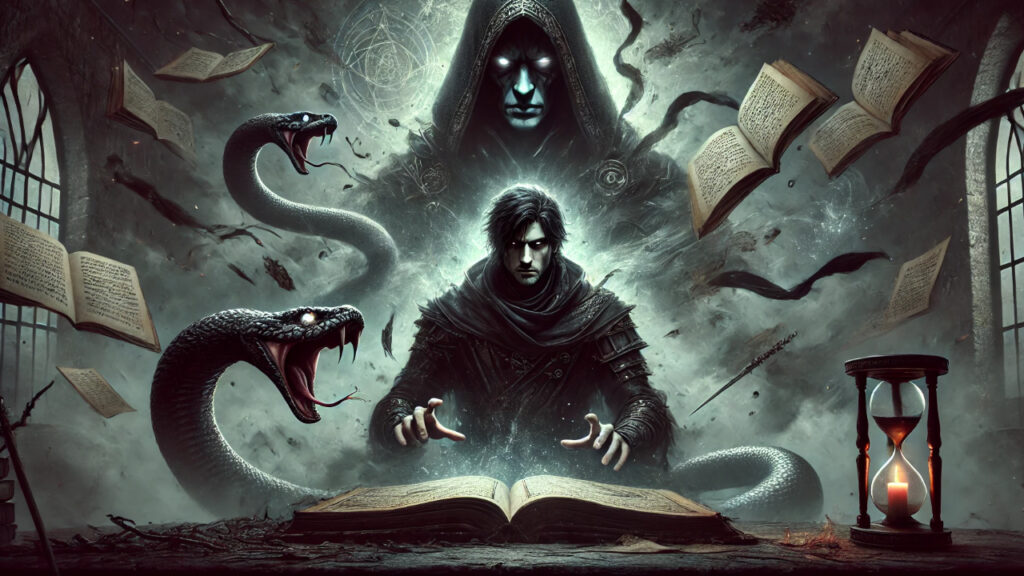J.K. Rowling’s writing skills are no joke. She has expertly hidden many easter eggs in the whole Harry Potter book series. Finding the hidden clues in Harry Potter books can be a little hard while reading the first time, but when you read it for the second time you may find some clues that would make sense. If you continue to read them over and over, you will find at least one new clue each time. You will be able to connect the dots, which will make sense every time you read them, making you wonder: What else did I miss? This is another reason why Harry Potter is a phenomenon in this world, as fans can never get enough of it. There is always more to discover in the book, in the story that fans come back to over and over again. What seemed like throwaway lines or quirky details often blossom into essential pieces of the puzzle books later. From a broken cabinet gathering dust to a mysterious locket at Grimmauld Place, Rowling’s world is stitched together with careful cautions. These hidden clues make the novel more intriguing among the fanbase. It’s this masterful foreshadowing that keeps the magic alive, long after the final page is turned.
Do you think of yourself as a Harry Potter fan who knows every cany of the books? If so, read this and find out if your thoughts are true or not. From overlooked dialogue to seemingly minor objects, these breadcrumbs lead to mind-blowing connections and secret histories. Keep reading, because the deeper you go, the more the secrets unfold. There is always more left to discover in the magical world of Harry Potter.
1. The Vanishing Cabinet in Chamber of Secrets:
The Vanishing Cabinet first appeared subtly in Harry Potter and the Chamber of Secrets. I bet most of you must have not noticed it on the first reading. Its true nature revelation didn’t occur until much later and the first crucial appearance happened in Harry Potter and the Half-Blood Prince.
In Harry Potter and the Chamber of Secrets, the Vanishing Cabinet is mentioned in chapter 8, “The Deathday Party.” When Nearly Headless Nick convinces Peeves to create a distraction for Harry, Peeves smashes a large, black cabinet. This is, in fact, the Vanishing Cabinet. At that time it seemed like another magical piece of furniture that is simply used as a distraction. It also appears when Harry uses Floo Powder to get to Diagon Alley, he ends up in Borgin and Burkes and hides in a Vanishing Cabinet to avoid being seen by Draco and Lucius Malfoy.
Its appearance in The Chamber of Secrets is a brilliant example of how J.K. Rowling has put easter eggs throughout the book series. This can be called a piece of clue that fans only recognize only upon re-reading. These clues help in connecting objects, characters, and plot lines in a deeply satisfying way.
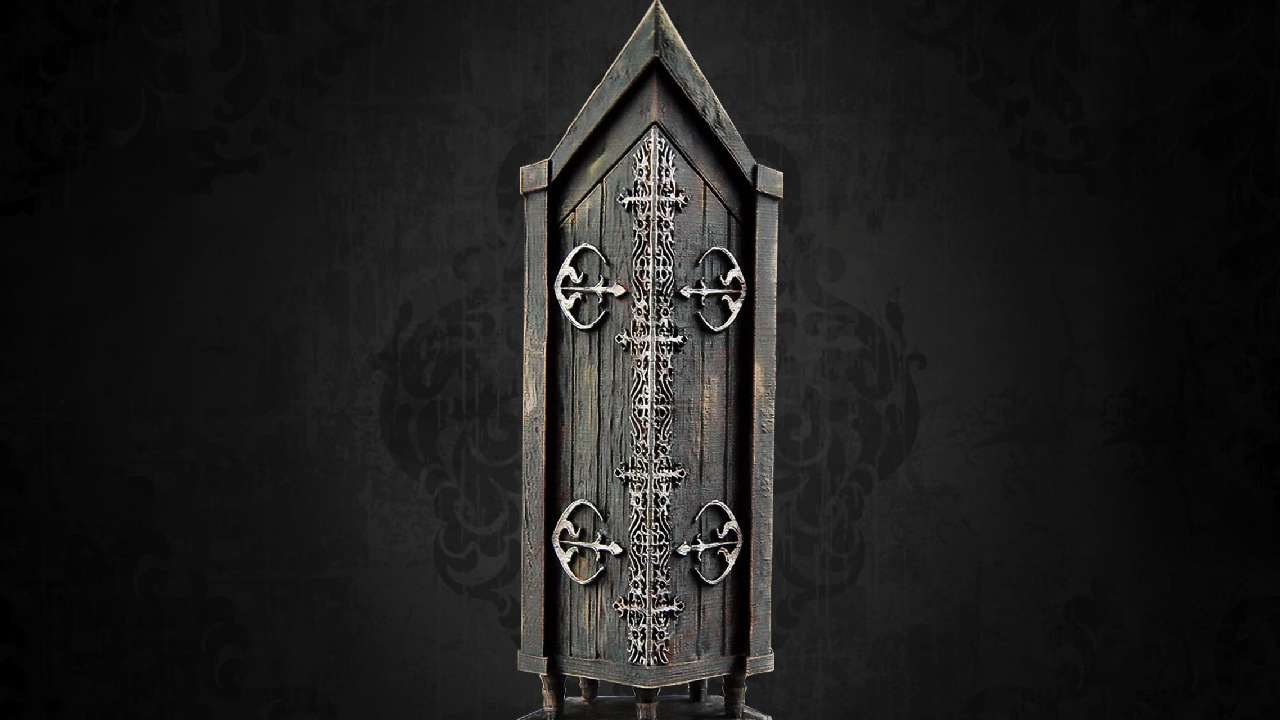
2. The Locket That Wasn’t – Order of the Phoenix
In the Harry Potter and Order of Phoenix J.K. Rowling foreshadowed another incredible clue as a mere magical object. A blink for a second and you may miss the crucial clue. The group discovers a heavy gold locket with emeralds while clearing out 12 Grimmauld Place, the Black family’s house. In the beginning, they thought it was a mere magical locket that they couldn’t open. This locket was actually Salazar Slytherin’s, also one of Voldemort’s Horcruxes. We didn’t think of it as an important object that has an important role to play in the story. Years before Harry, Dumbledore, or even the readers know what Horcruxes truly are, the cursed object is sitting quietly in a corner, disguised by its ordinary surroundings. When the truth is revealed in Half-Blood Prince and Deathly Hallows, that early mention becomes jaw-dropping. The locket’s journey, from its time in the Black family home to being stolen by Mundungus Fletcher and eventually reclaimed by the trio, all these incidents start much earlier than expected. This hidden-in-plain-sight moment exemplifies Rowling’s intricate storytelling and rewards careful readers with a satisfying “aha” moment. That is why readers love to read this novel over and over again to supply themselves with some incredible easter eggs.
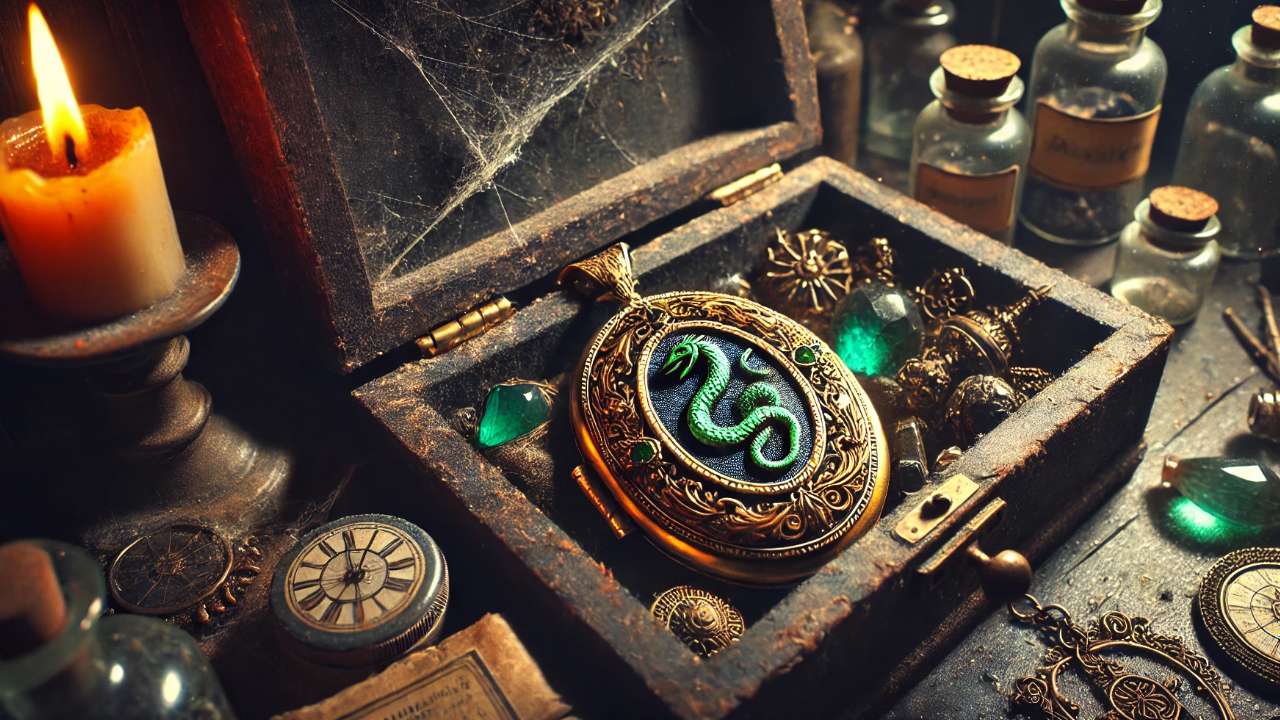
3. Snape’s “Look of Hatred” – Philosopher’s Stone
Snape’s scowling face has really put him in a questionable place throughout Harry Potter and the Philosopher’s Stone. One particular scene seems especially misleading and incredibly clever in hindsight. During the first Quidditch match, Harry’s broom begins to go haywire, and Hermione suspects Snape of jinxing it by looking at his scowling face. She rushes over to Snape and puts fire on Snape’s robes. From her point of view, we learn that Snape was constantly muttering some chants under his breath. As she is on her way to Snape, she also knocks Professor Quirrell. That time, she successfully broke the jinx, not knowing the true culprit. The focus lingers on Snape and his infamous “look of hatred.” Later, when Quirrell reveals his true identity, we learn that he was always behind all the ruckus that occurred with Harry throughout the whole time.
To first-time readers and viewers, this scowl seems like a confirmation of Snape’s sinister intentions. But we later learn the truth: Snape wasn’t cursing Harry, he was actually countering the attack of Quirrell. That “look of hatred” wasn’t directed at Harry, but at Quirrell, who was trying to kill the boy Snape had vowed to protect. It’s a brilliant piece of narrative misdirection, feeding the idea that Snape is the villain, while quietly reinforcing his hidden loyalty. When reread with context, the look isn’t hatred at all, It’s the first glimpse of Snape’s complex, tortured role as protector.
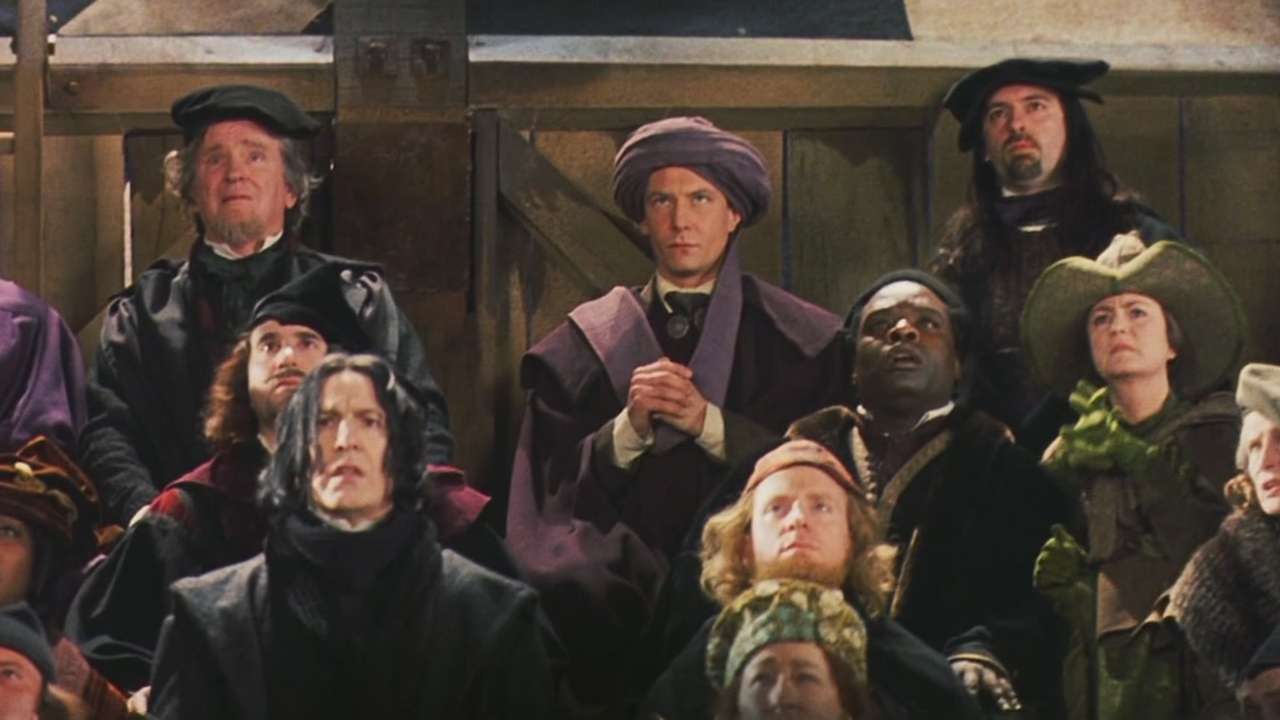
4. Wormtail’s Silver Hand – Goblet of Fire
In Harry Potter and the Goblet of Fire, Wormtail receives a silver hand from the Dark Lord Voldemort. At that time it seemed as a straightforward reward for loyalty. After Wormtail sacrifices his hand in the Dark Lord’s resurrection ritual, Voldemort gives him a new silver hand that is strong, precise,, and unnervingly responsive. The readers may have thought that it was just a showcase of power and favor. But Rowling, as always, used her brilliant skill to foreshadow it as a much darker consequence.
The hand is not only a magical prosthetic but a silent promise from Voldemort. It embodies control and conditional rewards. The hand’s true purpose becomes clear in The Deathly Hallows: Wormtail hesitates to kill Harry in the cellar of Malfoy Manor. That time the hand turns on him. It strangles him, acting as Voldemort’s extension, punishing even the smallest act of betrayal. Wormtail’s silver hand is a chilling reminder that Voldemort’s gifts always come with a deadly string attached.
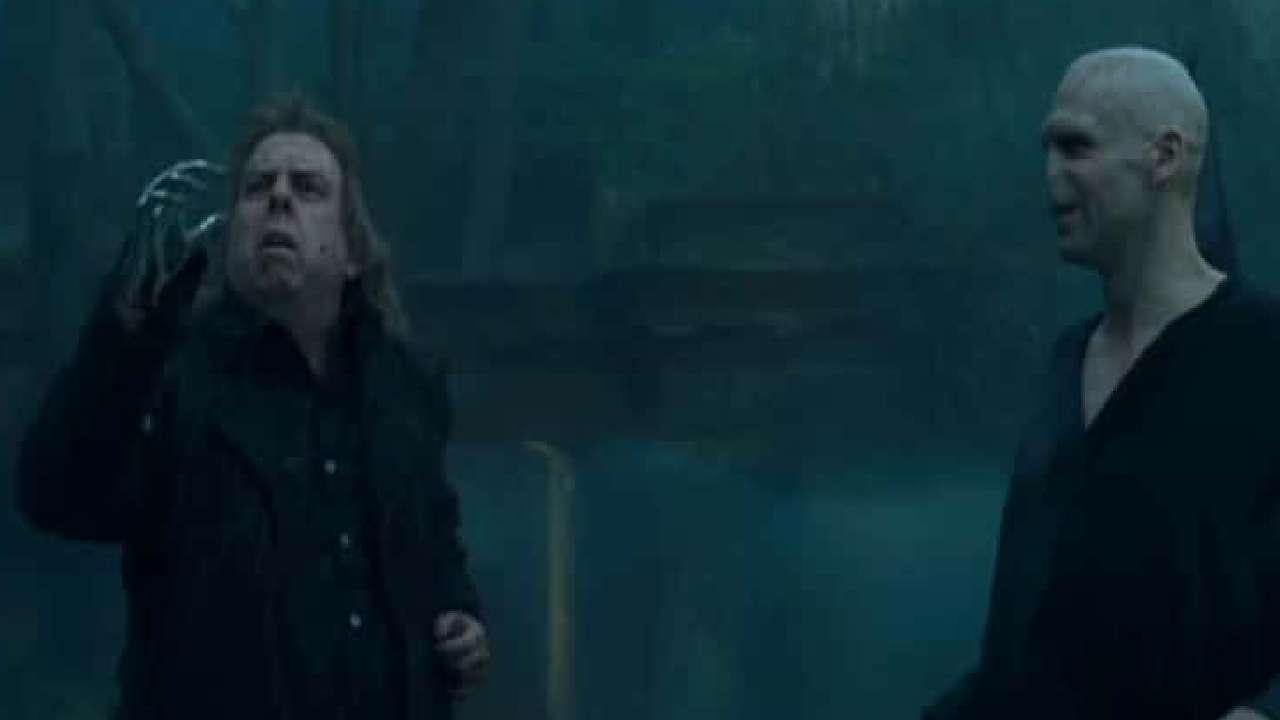
5. Trelawney’s Predictions That Came True – Prisoner of Azkaban
In Harry Potter and the Prisoner of Azkaban, Professor Sybill has always been considered a less important or staff-like professor who always stays busy with her tea leaves. Dumbledore himself treats her with mild amusement for her dramatic style. But her sudden eerie predictions that prove to be strongly accurate, hints that there’s more to her than a bare eye can see.
The most significant moment comes during Harry’s Divination exam. Trelawney suddenly slips into a trance and delivers a chilling prophecy: “The Dark Lord will rise again with his servant’s aid, greater and more terrible than ever before.” even though her prediction was taken lightly and discarded. Her prediction mirrors her earlier prediction where she foreshadows Peter Pettigrew’s escape and eventual role in Voldemort’s return. We may take her prophecy lightly in the beginning, but after reading to the end, we can see that prophecies are not totally bogus.
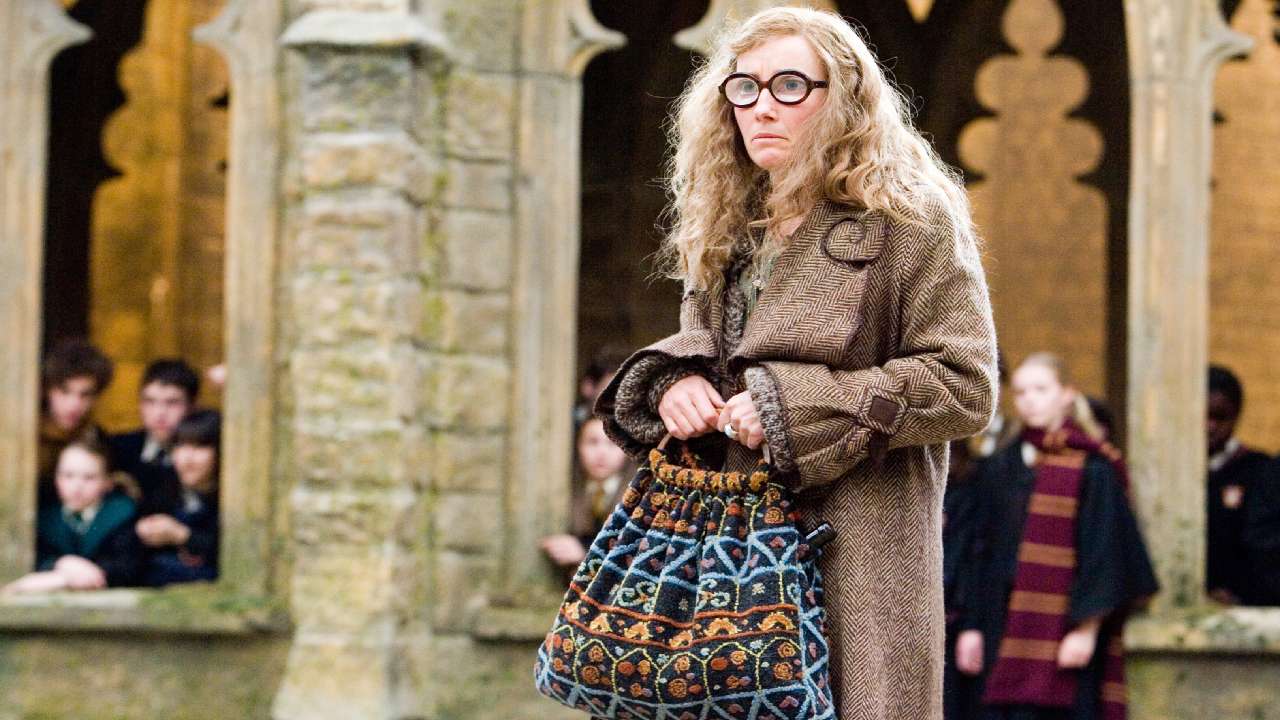
6. Dumbledore’s Hand – Half-Blood Prince
In Harry Potter and the Half-Blood Prince, Dumbledore’s withered, blackened hand is one of the first signs that something grave has already occurred off-page. When Harry questions about it, Dumbledore casually brushes it off with a faint chuckle. He changed the topic by just saying “very long story” and not elaborating further until much later. This small injury turns out to be one of Rowling’s greatest foreshadowing.
Later, we get to know that Dumbledore sustained the injury while retrieving and attempting to destroy Marvolo Gaunt’s ring, which is known as one of Voldemort’s Horcruxes. The ring carried a deadly curse that would have killed him instantly had it not been for Snape’s quick intervention. Still, even Snape’s powerful counter-curse couldn’t reverse the damage entirely. Dumbledore knew his time was now limited, the cursed hand was a ticking clock counting down to his inevitable death. This injury doesn’t just serve as physical evidence of Dumbledore’s sacrifices; it also underscores his willingness to shield others from danger, take on immense risks, and plan his own demise for the greater good. Earlier in the books, the blackened hand is taken as lightly, but when we find out the truth, it really amazes me that Dumbledor was ready to cross any limits to stop Voldemort. Even if that means sacrificing his life.

7. The Number Seven Motif Throughout the Series
The number Seven holds a significant role throughout the Harry Potter series. In the magical world, number seven is considered the most magical number, and J.K. Rowling has carefully used it repeatedly in both subtle and significant ways throughout the books.
If we look from the beginning the Harry Potter series has seven books describing Harry’s journey from 11 to 17. There are also seven years of study at Hogwarts, seven players on a Quidditch team, and seven secret passages leading out of the castle (as revealed by the Marauder’s Map). Even seven Horcruxes were created by Voldemort. Even when Harry became the captain of the Quidditch team his jersey number was seven. Later, we learned that Harry was the seventh Horcrux, indicating that his jersey number was also a major hidden clue in the series. On a more character-driven level, the Weasley family has seven children, and in The Deathly Hallows, seven people take Polyjuice Potion to serve as decoys for Harry during his escape from Privet Drive. The Room of Requirement’s seventh-floor location also adds to the magical significance.
Using the number seven numerously creates a sense of magical balance and foreshadowing. Every time the number appears, it ties back to the overarching themes of fate, magic, and destiny. These ties reinforce the feeling that nothing in the wizarding world happens by accident.
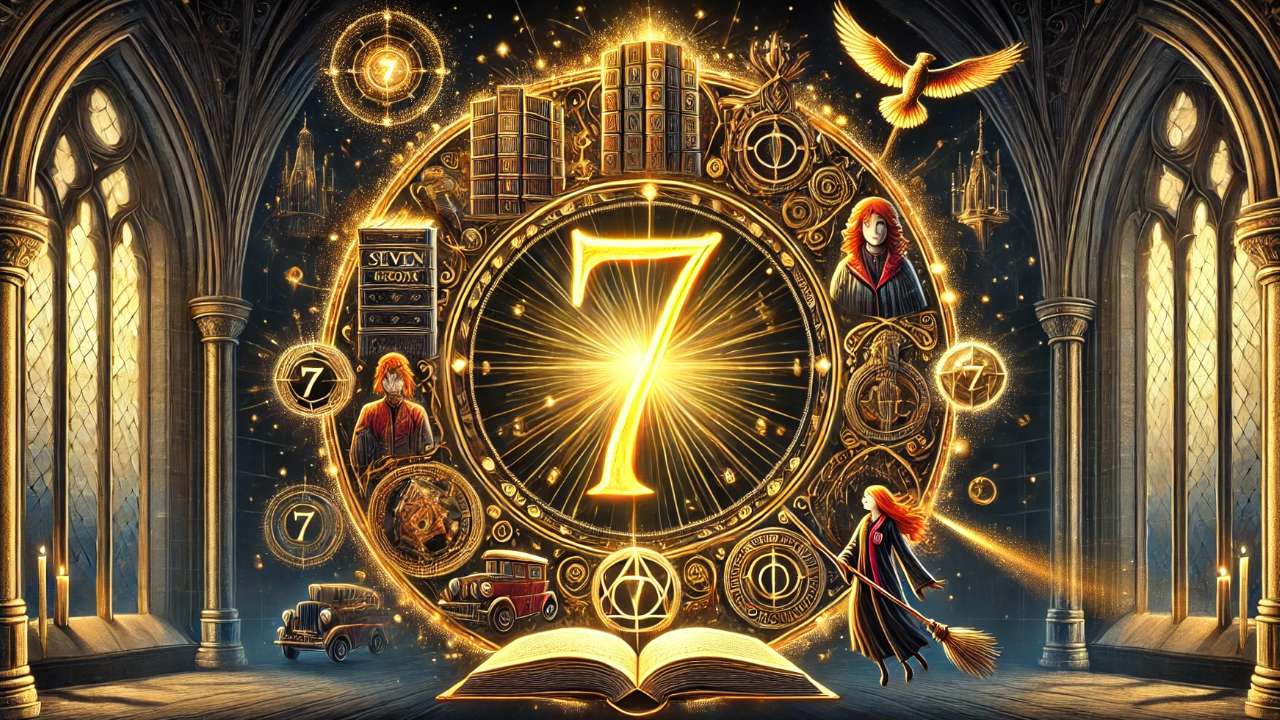
Did you realize how much you may have missed out on the first reading? Many more clues are hidden among the magical worlds of the books. Rereading the Harry Potter series with fresh eyes can be a truly magical experience. Knowing the new twists, secrets, and outcomes allows readers to pick up on subtle foreshadowing, clever clues, and emotional undercurrents they might have missed the first time. These new discoveries will give a new thrill and amusement. Every reread reveals new layers of depth and intention in J.K. Rowling’s storytelling. So grab your favorite house scarf, a butterbeer (or tea), and return to Hogwarts ground through the books, although this time, not just as a reader, but as a detective uncovering the magic between the lines.





